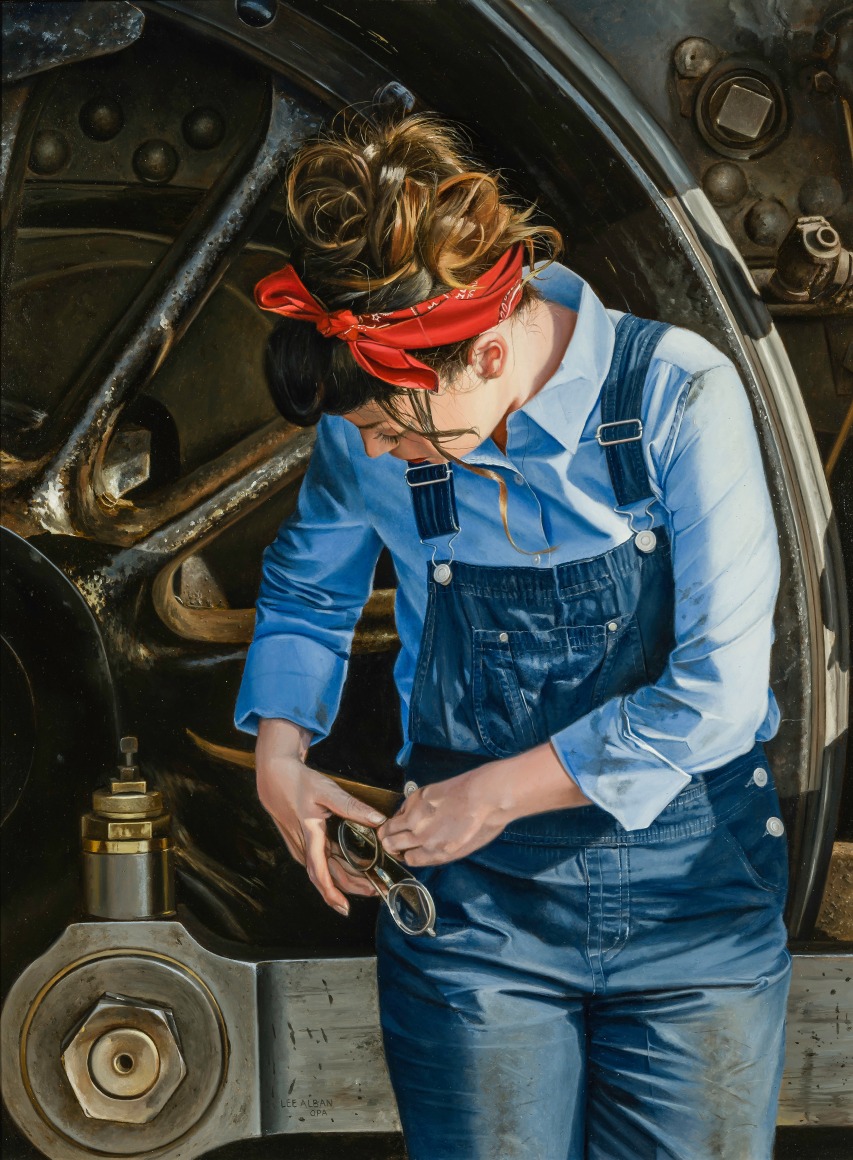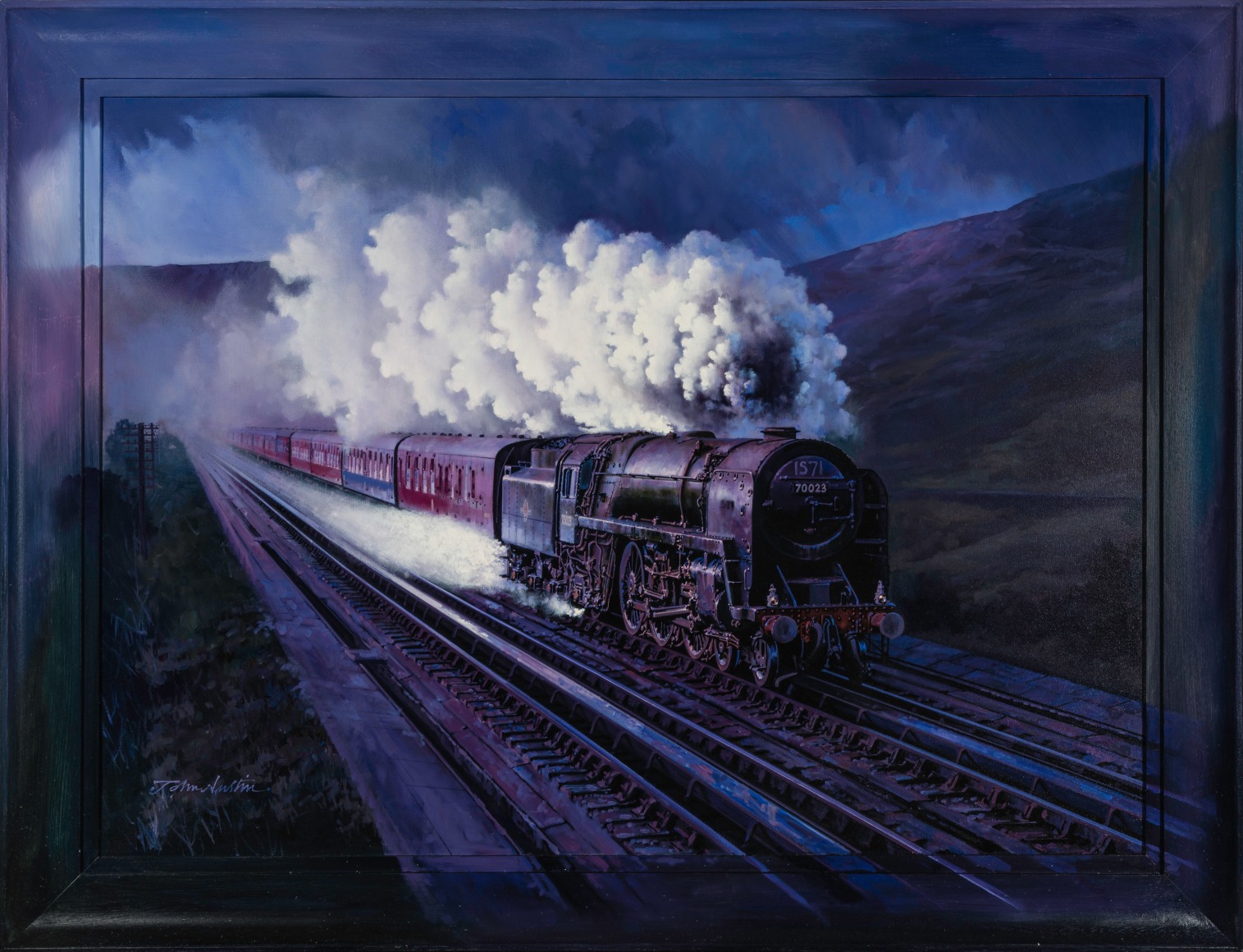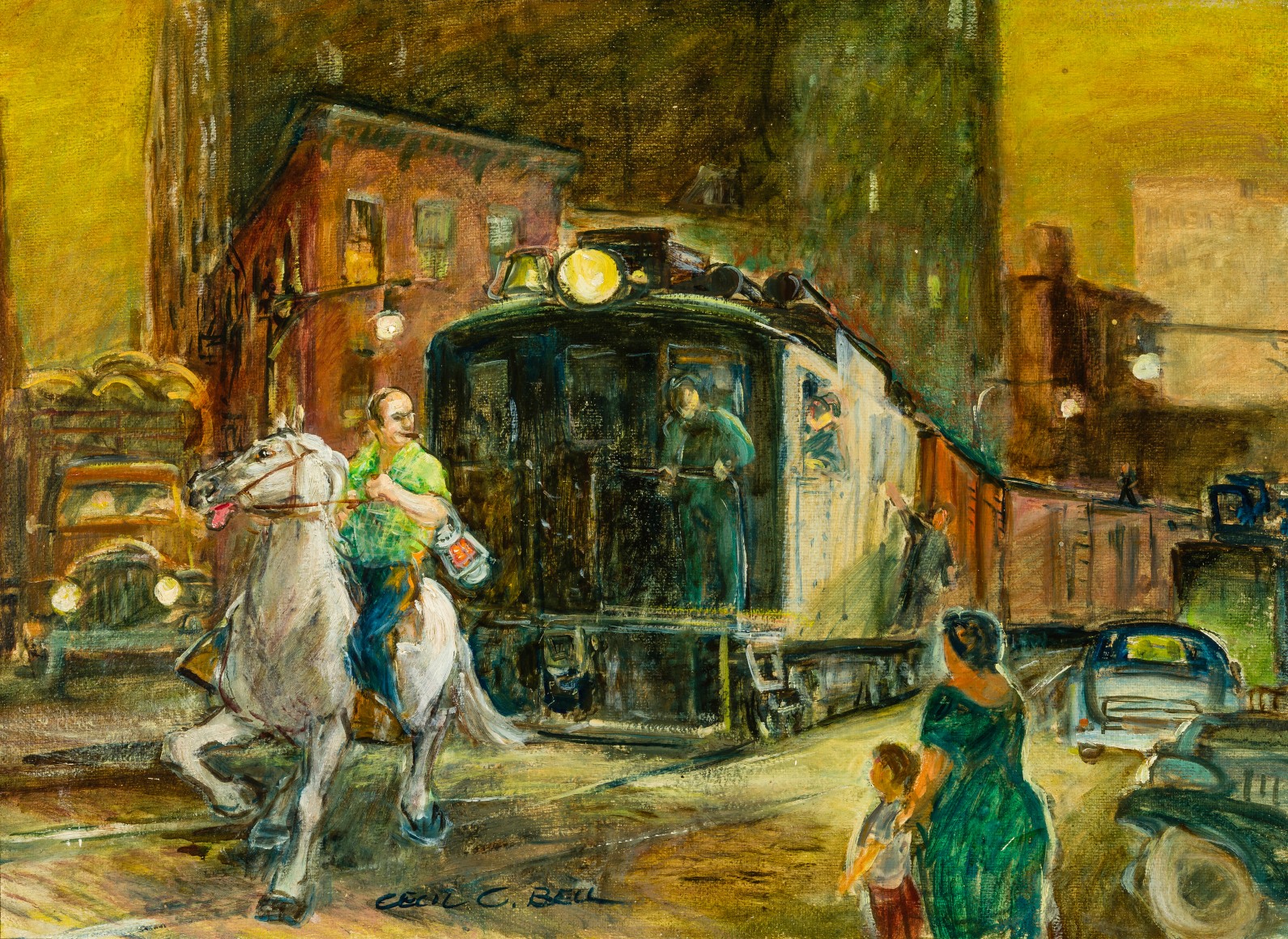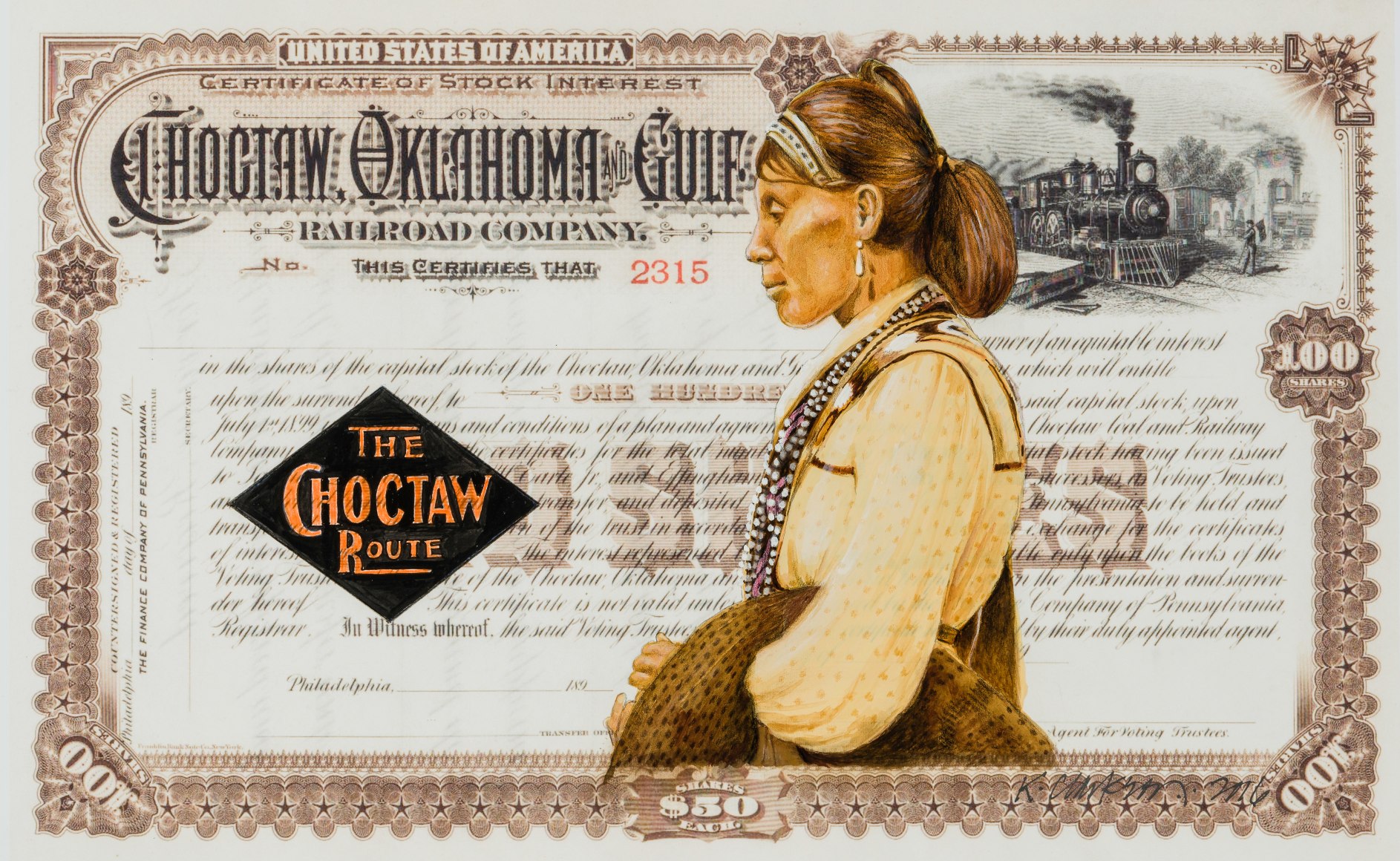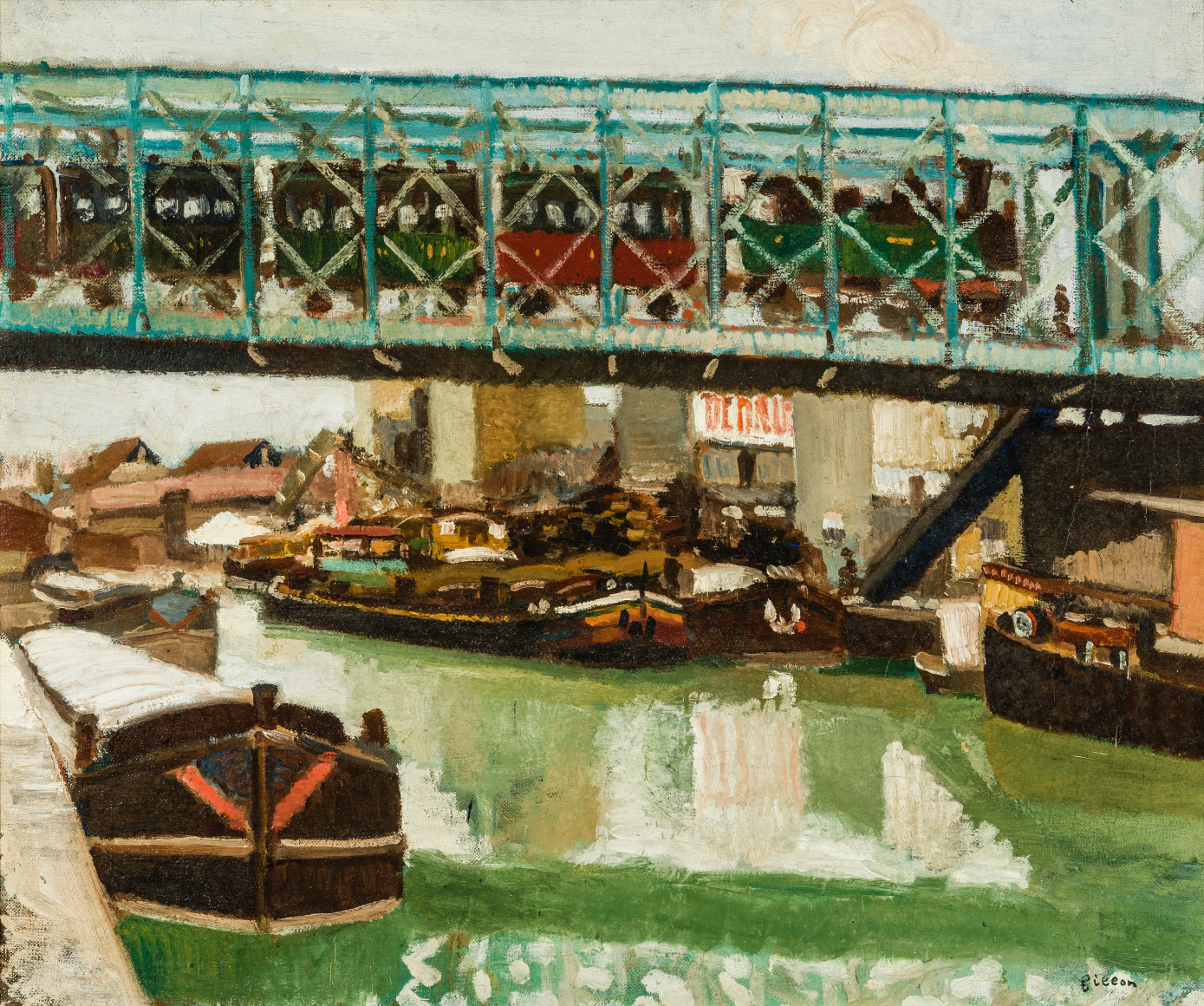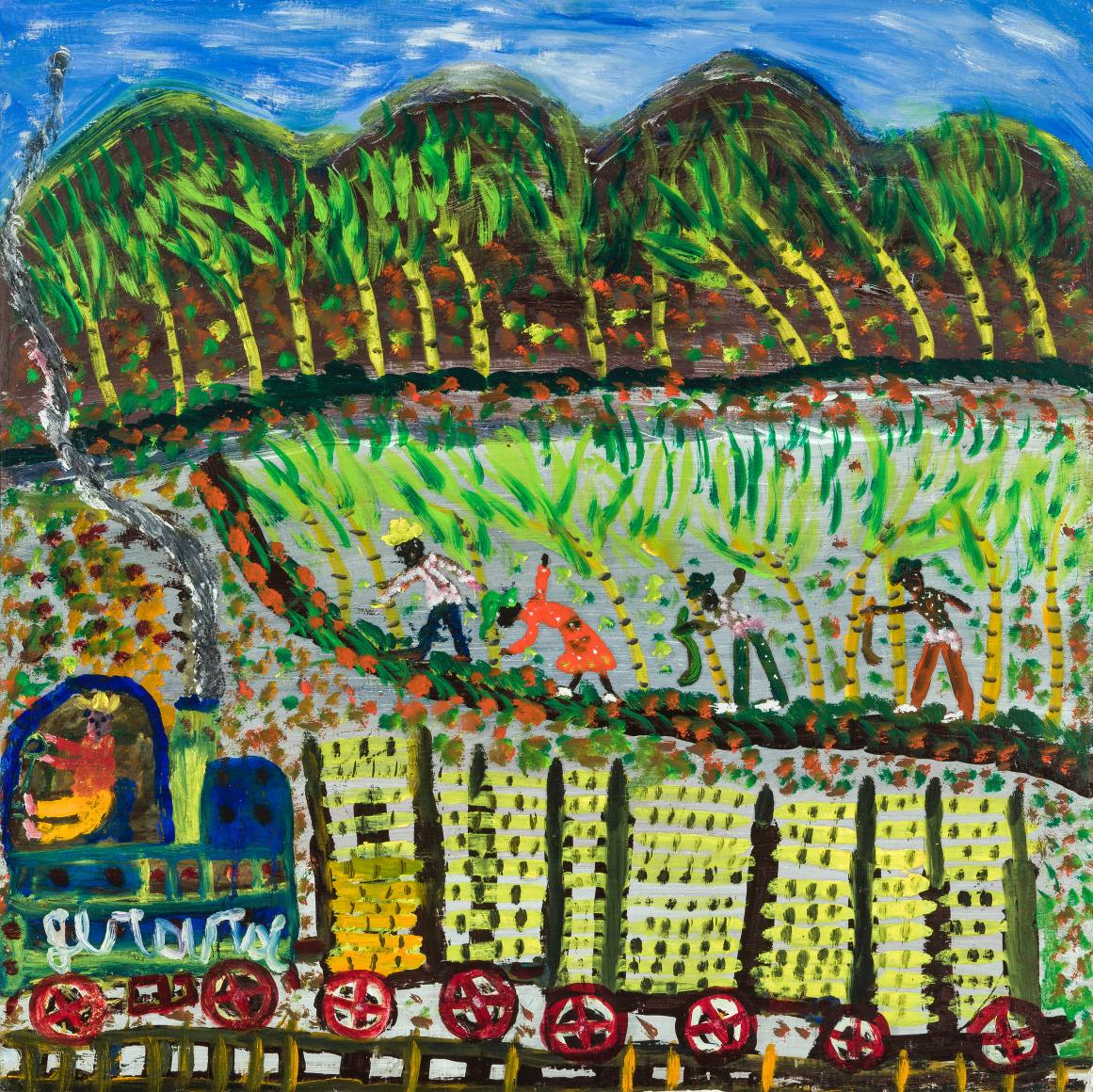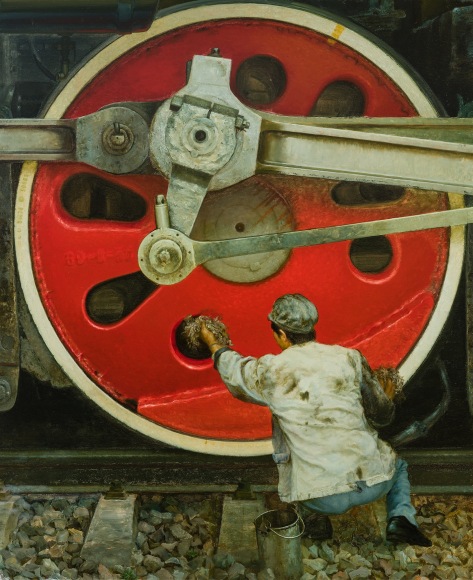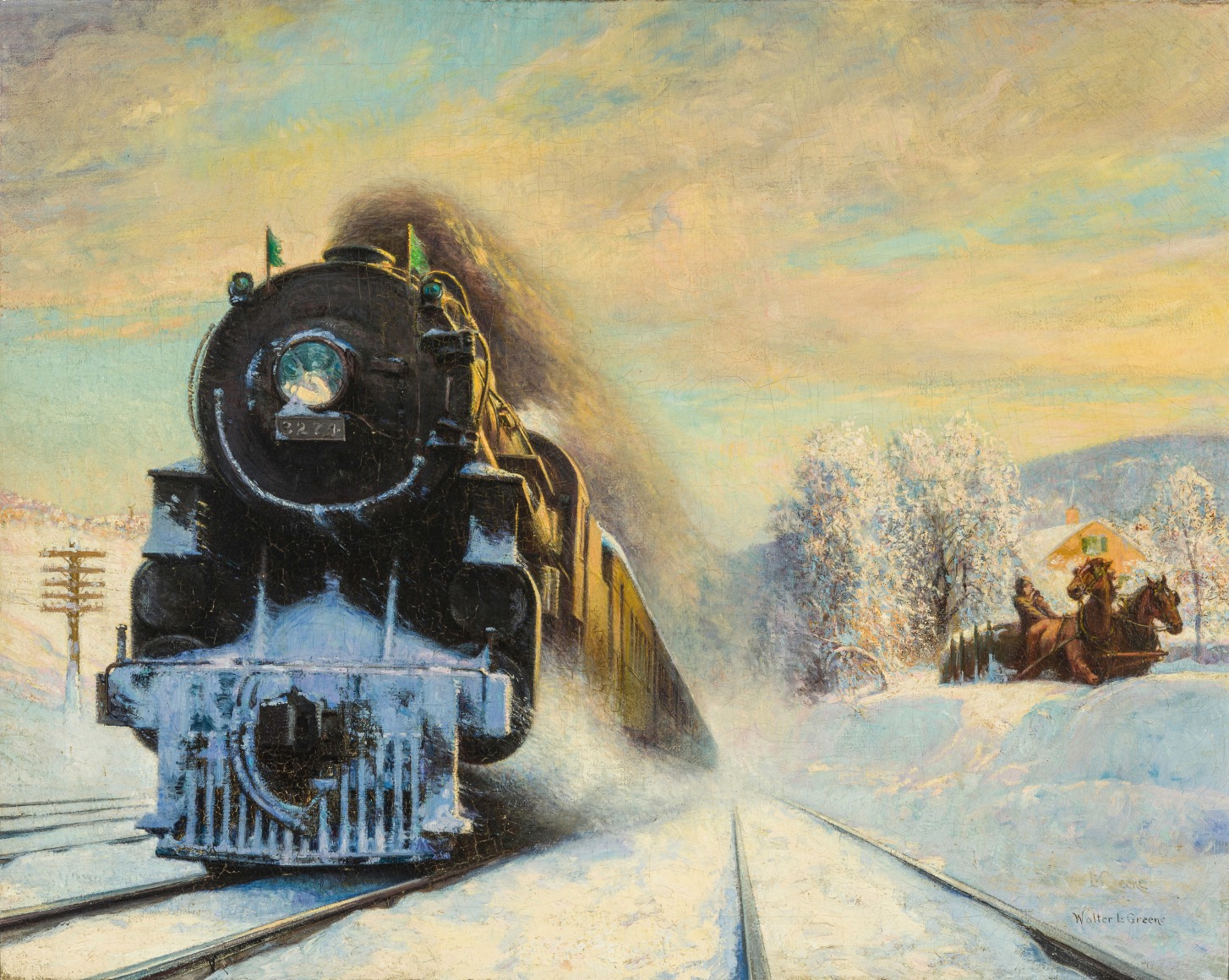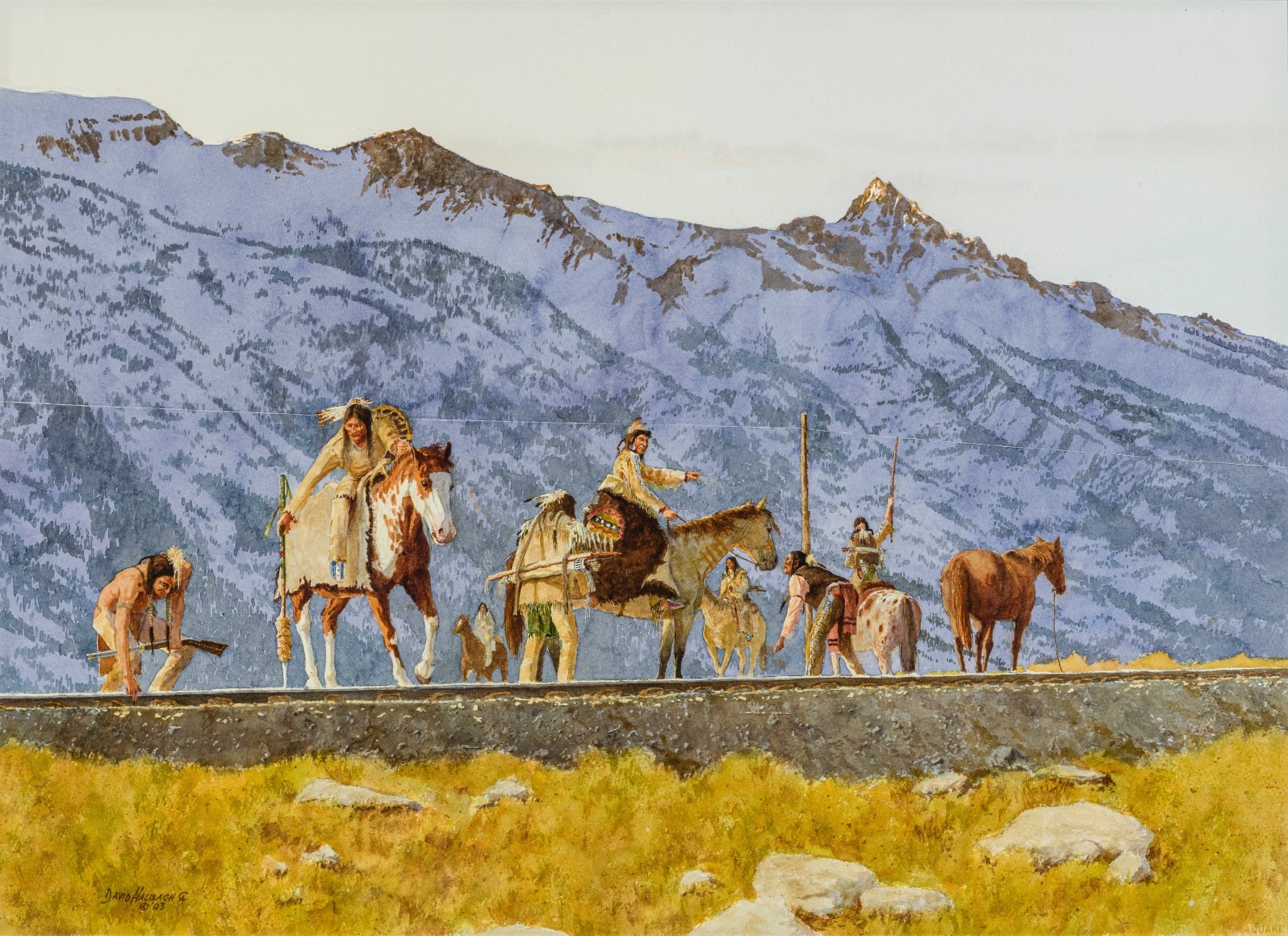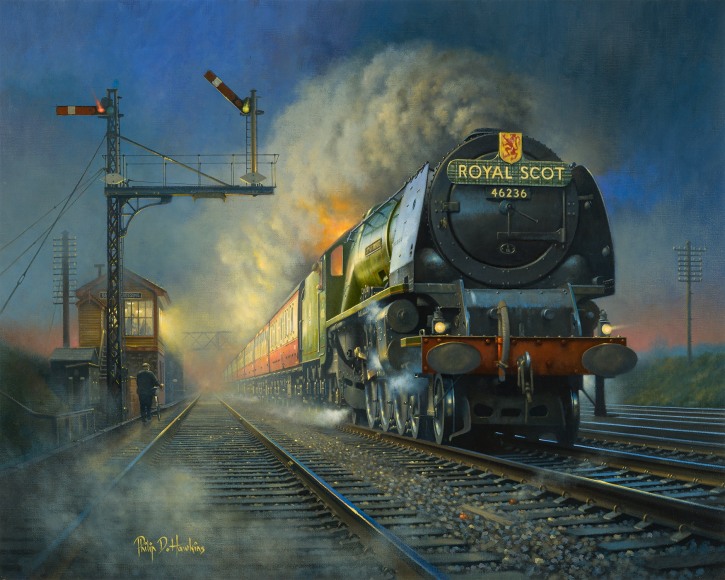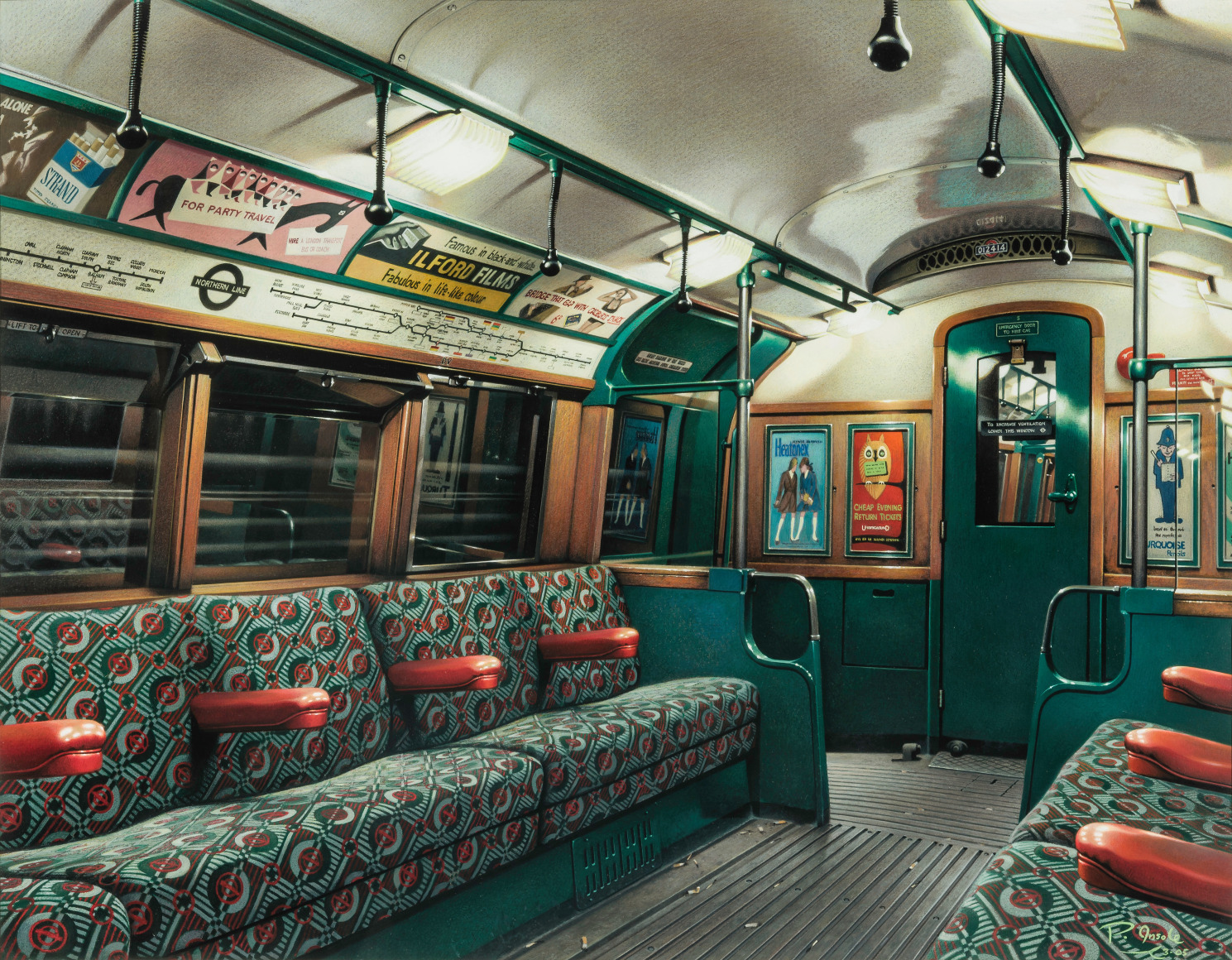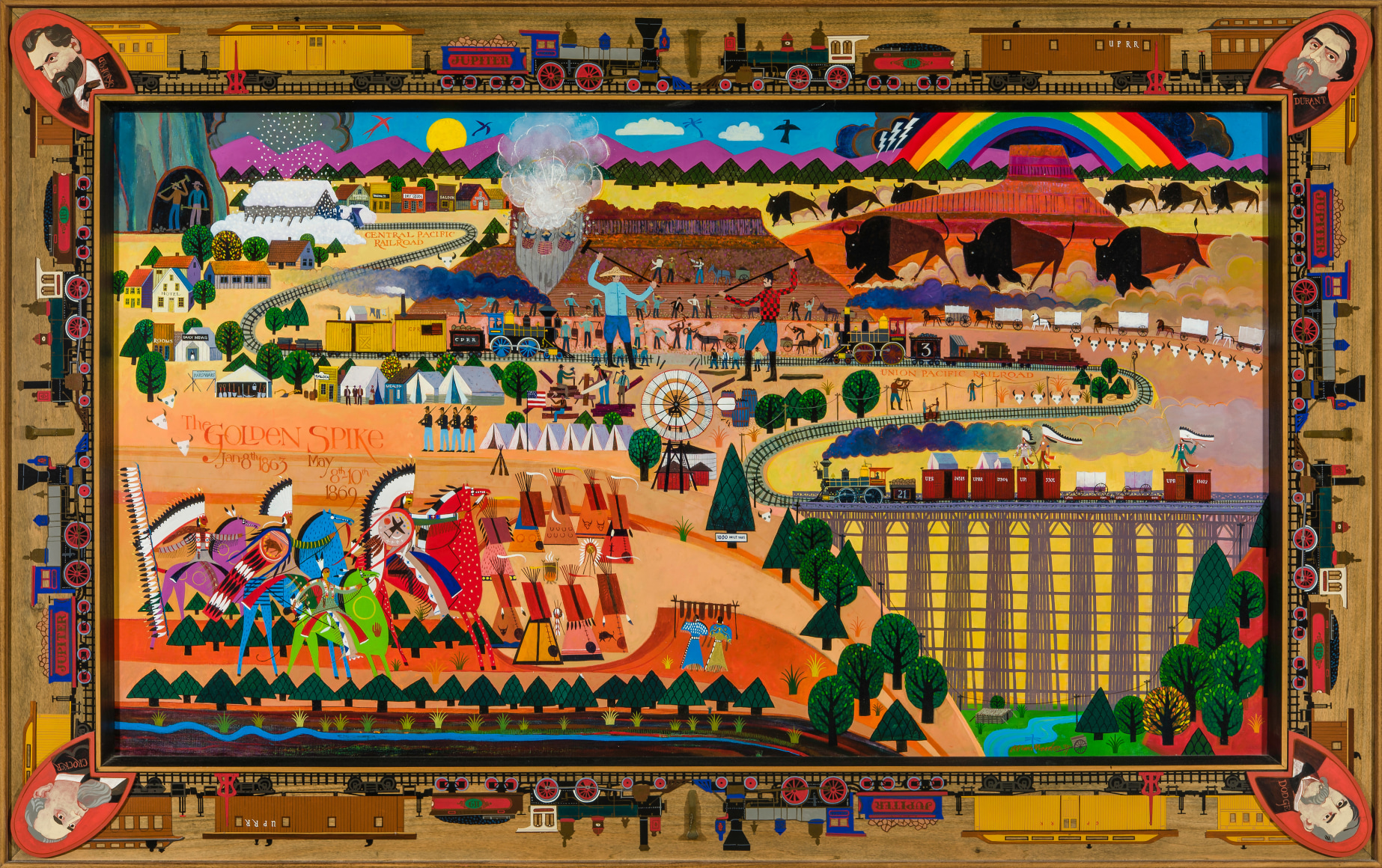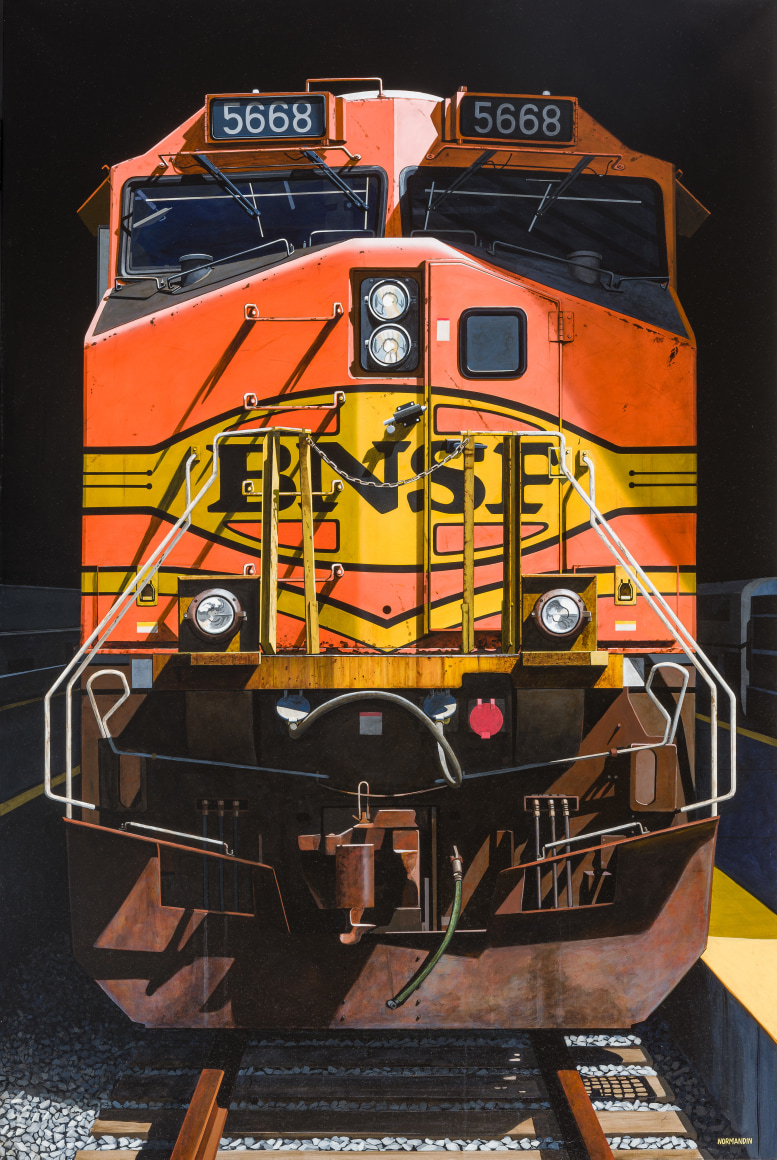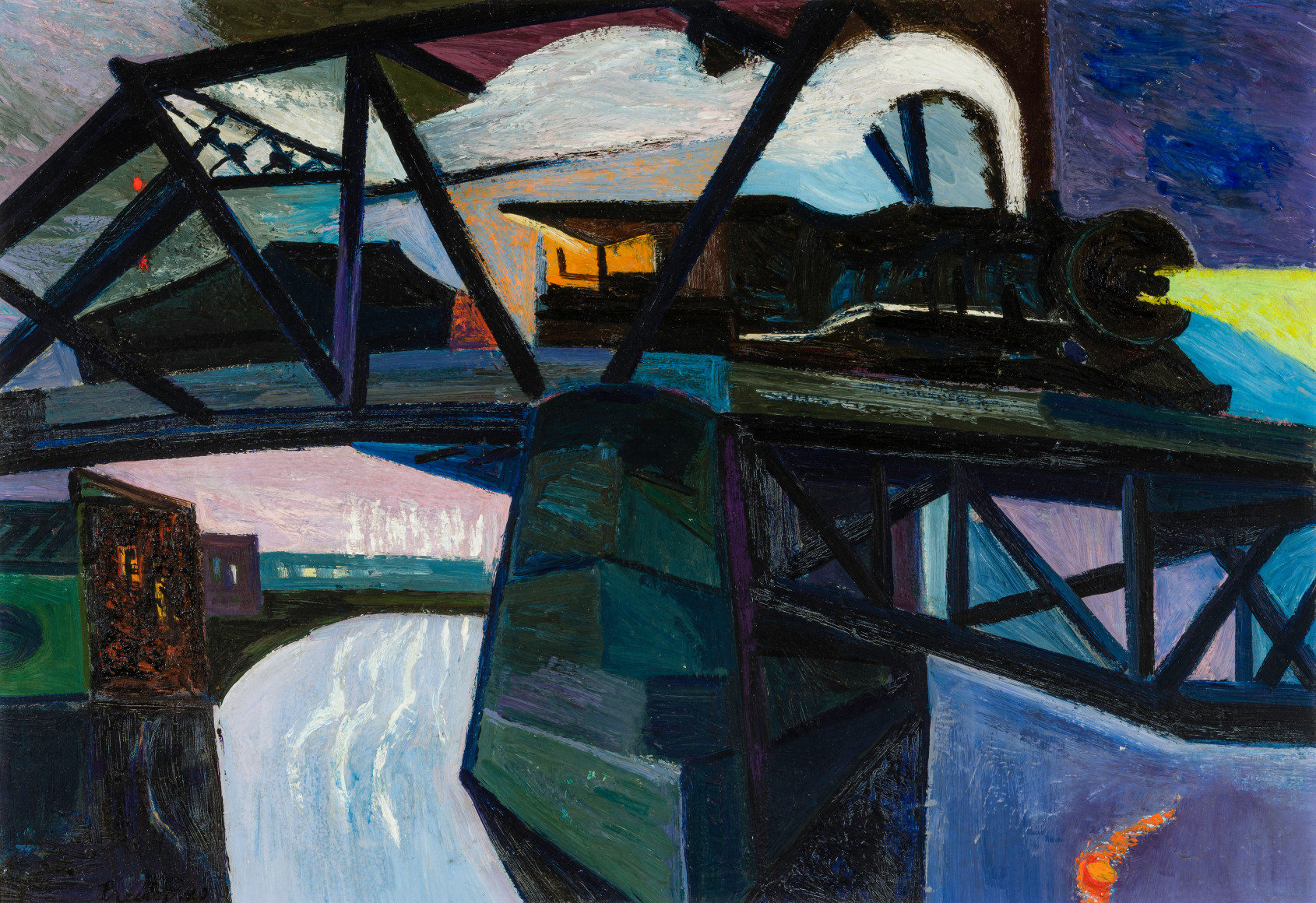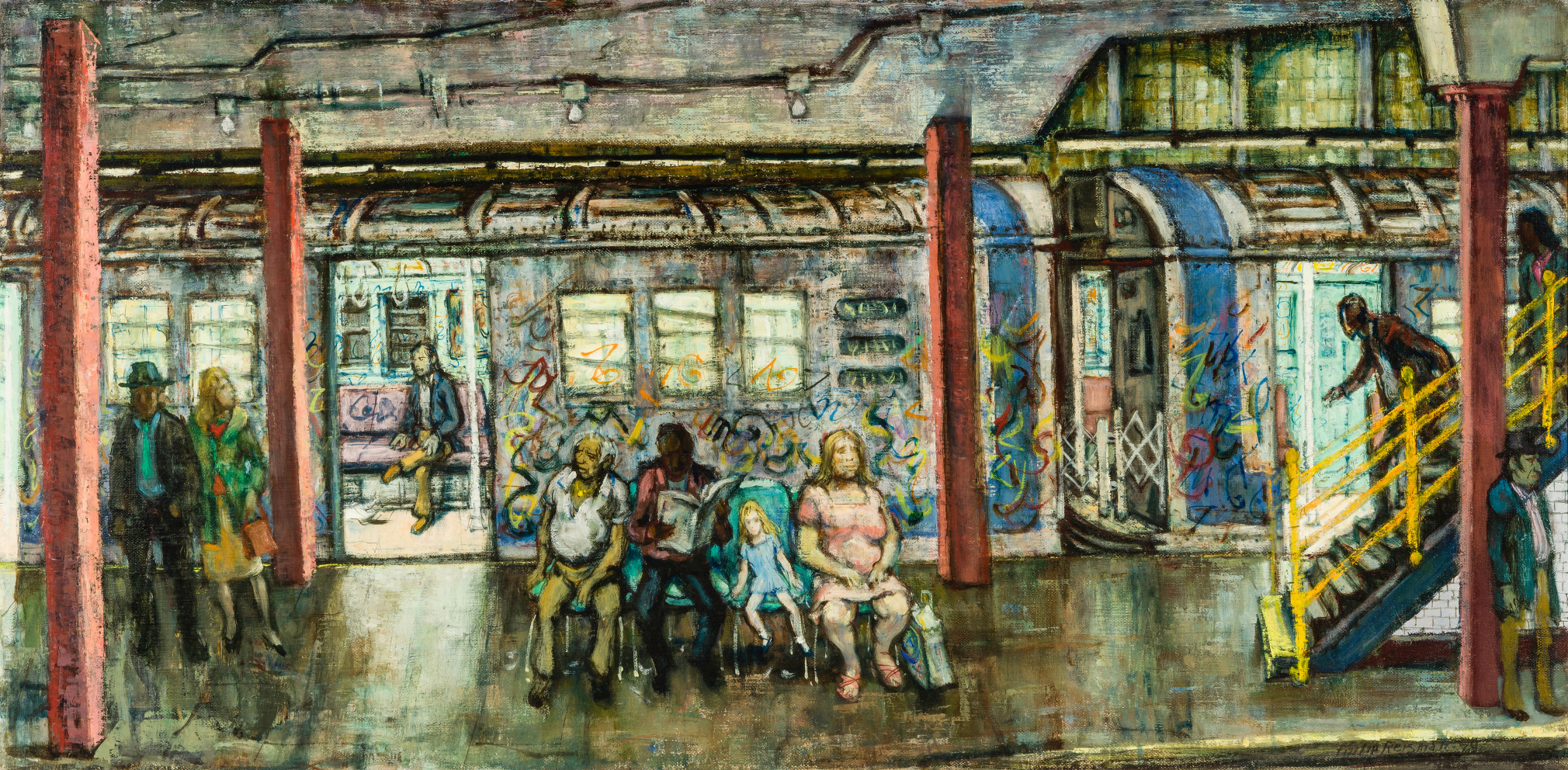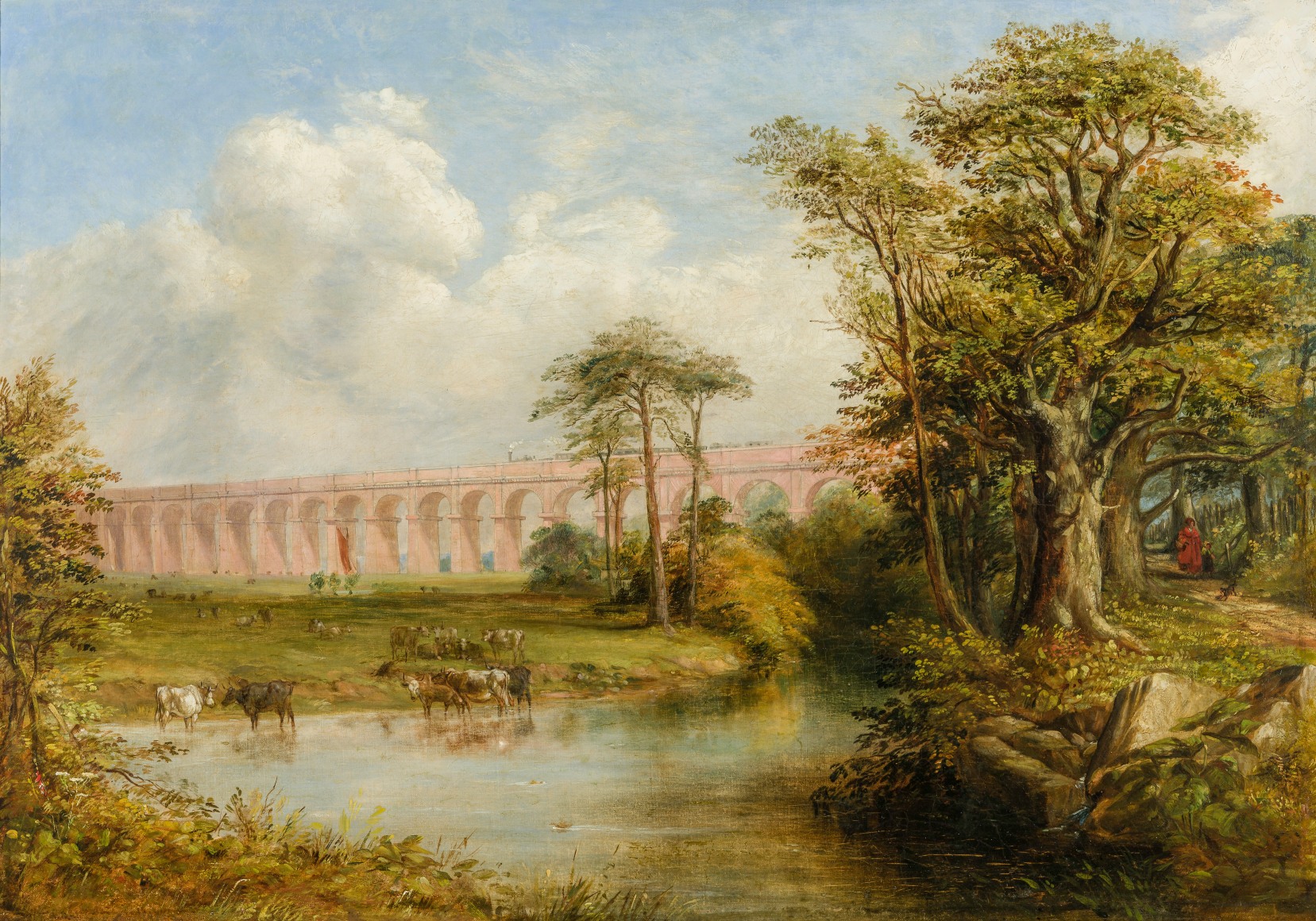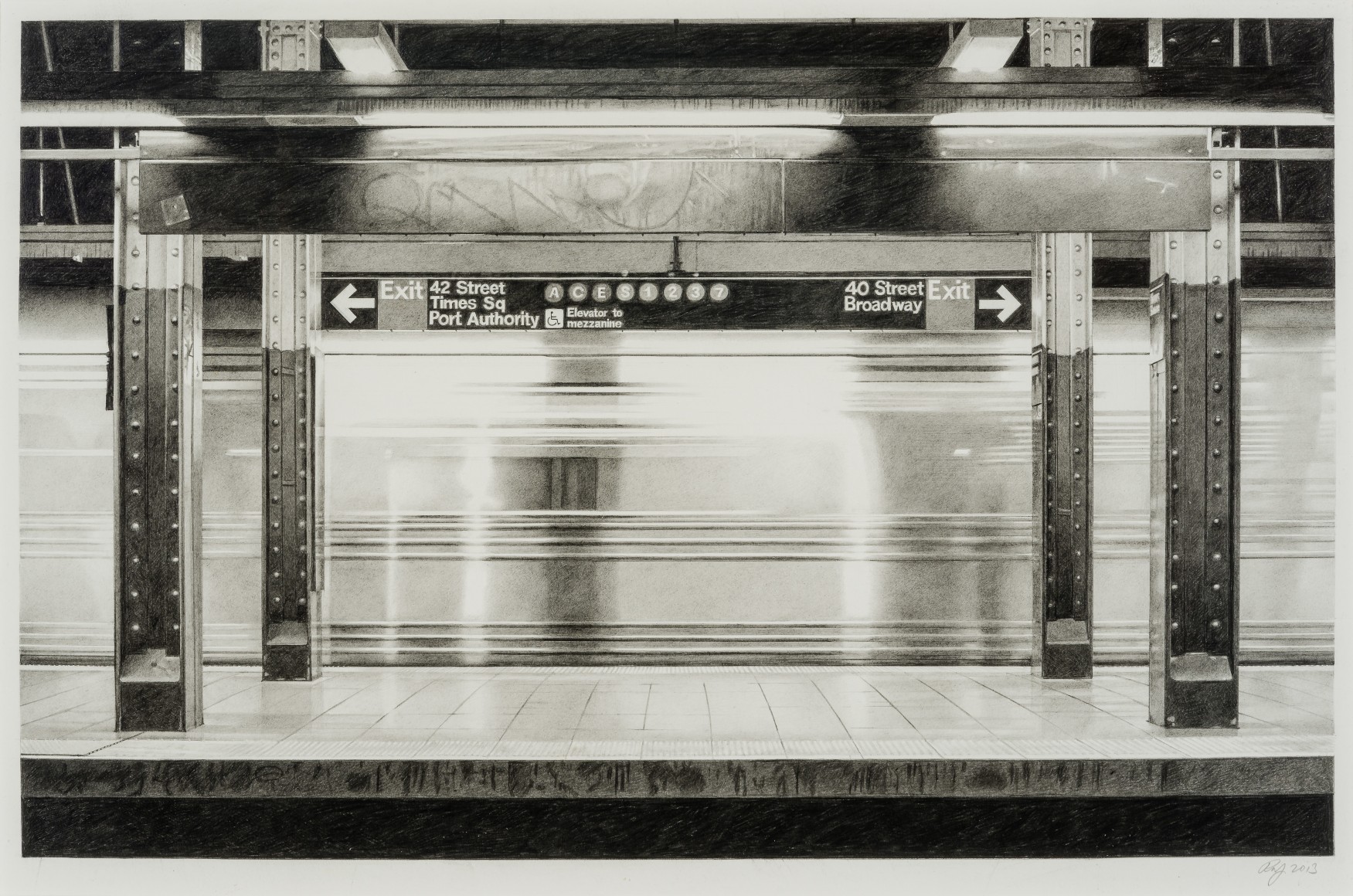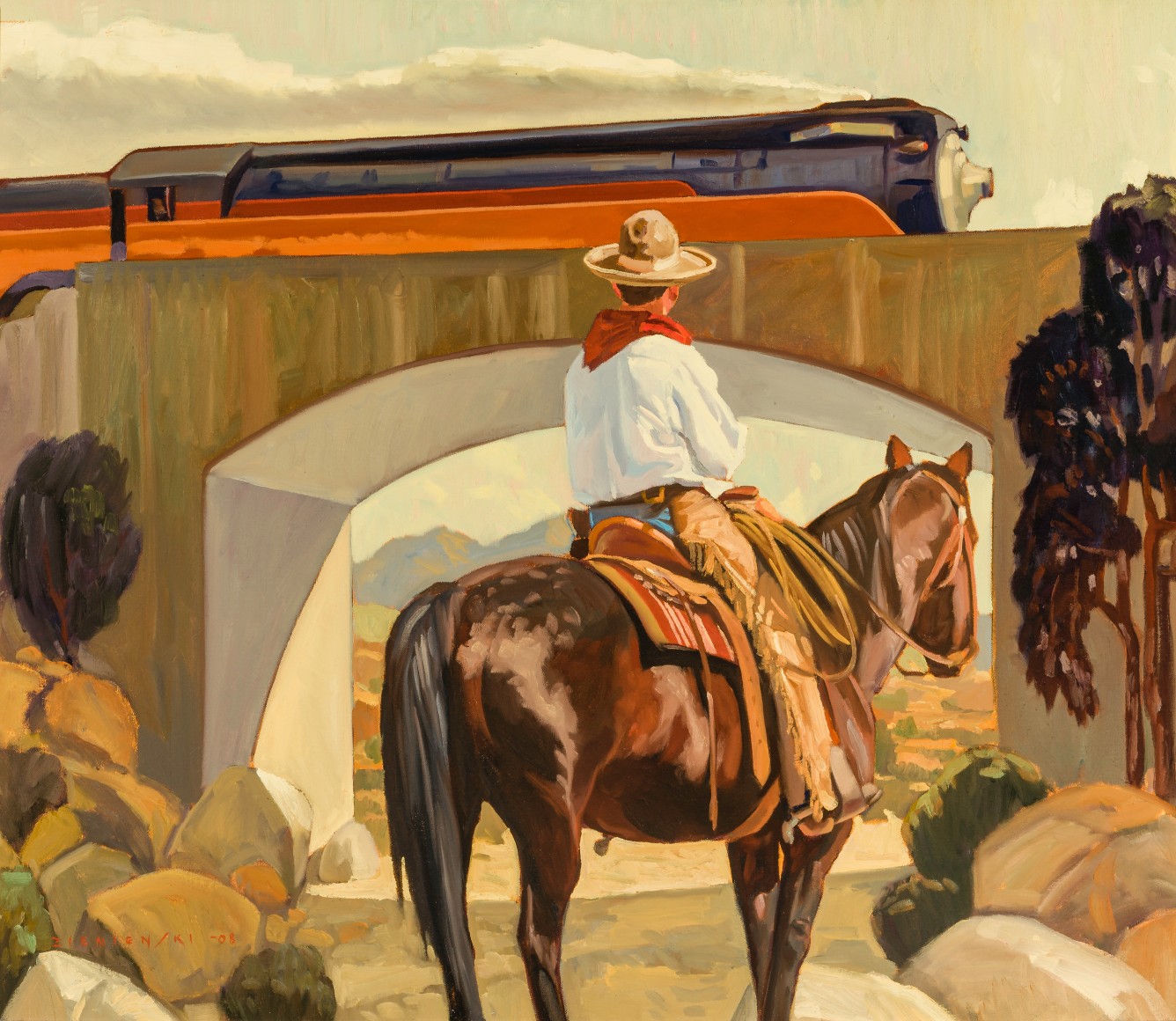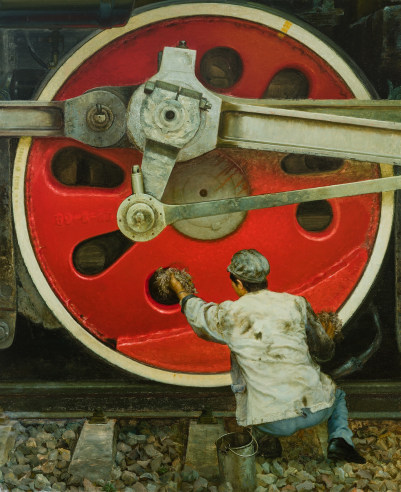In conjunction with the Center for Railroad Photography & Art (CRP&A) in Madison, Wisconsin, Hirschl & Adler is delighted to present The Art of Trains, an exhibition of highlights from the collection of Peter and Christine Mosse. This is the first exhibition of railroad art in New York City in over 50 years, and very likely the first exhibition of such works from a single private collection.
The Art of Trains opens at Hirschl & Adler on Thursday, July 11, and runs through Friday, August 23, 2024. Hirschl & Adler is located on the 9th Floor in The Fuller Building at the corner of 57th Street and Madison Avenue.
In April 2023, Peter Mosse, who serves on the board of the CRP&A, promised the collection of North American, British, and international railroad paintings, watercolors, and drawings to the Center. In celebration of this extraordinary gift, the curators at Hirschl & Adler selected 22 representative works from the Mosses’ comprehensive collection to feature in its summer exhibition.
Mosse grew up in London in the late 1940s–early 1950s, for a while close to Victoria Station. As a teen he, like many English boys of that era, was enthralled by the power and personalities of the over 20,000 steam locomotives inherited by British Railways when the rail network was nationalized in 1948. Mosse began collecting railroad paper—public and employee timetables—and as British Railways’ steam locomotives were scrapped, builder’s plates and, occasionally, highly collectible nameplates. In his student years at Oxford, Mosse grew fascinated with electro-mechanical signaling equipment, which was fast becoming obsolete in the face of line closures and rail network consolidation. His unique collection even caught the eye of the BBC, which produced a human-interest news segment for television that aired in 1968.
When Mosse relocated to New York in 1977, his railroad collection switched tracks to focus on pictures. He credits the switch to a serendipitous happenstance when he spied a portrait of a steam locomotive from the Edwardian era in the window of an antiques shop on Madison Avenue. This first acquisition set the stage: over the next 40 years the Mosses sought out paintings, watercolors, and drawings from all corners of the globe to create a collection of remarkable diversity—historical, geographical, stylistic, and subject. Today, their collection numbers around 250 works of art.
The Art of Trains exhibition draws on the Mosse Collection’s diversity. In addition to the “expected” images of railroading in Great Britain, the United States, and Canada, the exhibition features works from France, Russia, Haiti, and China. In fact, one of the most impressive paintings in the show is Polishing (1984), a large canvas by Zhongli Gong, a Chinese artist who worked in the Xi’an office of China Railways. The nearly 5 x 4 ft. canvas depicts a “wiper” cleaning the red driving wheel of a passenger engine, possibly that of an SL6-class 4-6-2 “Pacific,” which was a mainstay of the Chinese steam program.
Mosse developed close personal relationships with several artists whose works are part of The Art of Trains, and in three instances commissioned paintings from them. One such instance is Lostwithiel Crossing Box by the renowned British railroad artist Terence Cuneo. Mosse’s youthful fascination with mechanical railroad signaling technology led him in the late 1980s to commission a scene that documented this fast-disappearing side of railway operations in the face of modernization and centralized rail traffic control. Cuneo, who had painted a signalman at work for a popular poster published by British Railways in 1947, had not revisited the subject in over four decades, but agreed to accept Mosse’s commission. Mosse describes the give-and-take between patron and artist:
I had told Cuneo at the outset that I would like a modern diesel train to be in the painting, as I was fascinated by the interaction of late 20th-century high-speed trains with late 19th-century signaling technology. Cuneo understood this, but I soon began to sense pushback from him. It would be much nicer, he thought, to see a lowly goods train, with a little steam engine, than an ugly, modern diesel train. Since I felt enormously privileged to be commissioning a painting from such an eminent artist, one who had been an official artist at the coronation of Queen Elizabeth II in 1953, I could only manage to put up token resistance before giving way.
Many of the works in The Art of Trains have equally engaging stories, which not only add texture and context but also offer a rare inside look to the methodology and drive of the dedicated art collector. Visitors to the exhibition will marvel at the broad scope of railroad imagery and how the lure and history of the rails captured the imaginations of a diverse group of artists and a truly remarkable collector.

